2016, Reston, VA, USA
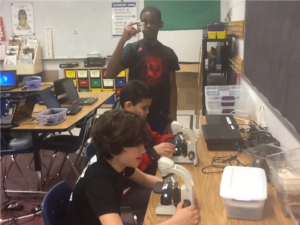 Students at Dogwood Elementary School are concerned about the rise of algal blooms in the Sugarland Run Headwaters watershed in Reston, VA and want to lead the charge in cleaning up existing blooms and preventing future blooms from occurring. For two years the Dogwood Eco-Club has been monitoring the growth of algal blooms in Stratton Woods pond. Through their research, they learned that one of the causes of algal blooms is when humans add nutrients to their lawns. When it rains, the water run off moves these nutrients into lakes and ponds, causing algal blooms. The students want to start doing routine water quality monitoring of their local watershed, with the aid of the Reston Association Watershed Management team and the Northern Virginia Soil and Water Conservation team.
Students at Dogwood Elementary School are concerned about the rise of algal blooms in the Sugarland Run Headwaters watershed in Reston, VA and want to lead the charge in cleaning up existing blooms and preventing future blooms from occurring. For two years the Dogwood Eco-Club has been monitoring the growth of algal blooms in Stratton Woods pond. Through their research, they learned that one of the causes of algal blooms is when humans add nutrients to their lawns. When it rains, the water run off moves these nutrients into lakes and ponds, causing algal blooms. The students want to start doing routine water quality monitoring of their local watershed, with the aid of the Reston Association Watershed Management team and the Northern Virginia Soil and Water Conservation team.
Their goal is to determine whether or not these are harmful algal blooms (HAB’s) and to prevent them from growing in their local watershed community. They also believe nutrient pollution and algal bloom awareness is key, and created a brochure to distribute to homeowners associations, apartment and condominium owners, and office and Industrial businesses in the Reston area. They raised over $1,200 for this project from a local foundation and will receive $200 from Nutrien to fund monitoring equipment. The first water monitoring session will take place in June 2016.

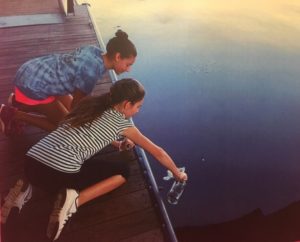
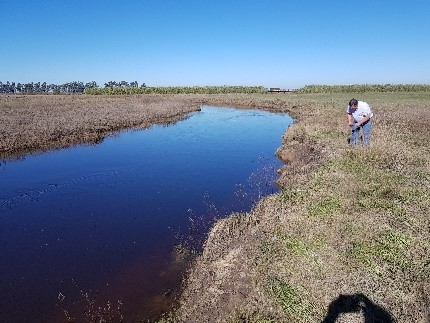 2017 Carmen de Areco, Buenos Aires, Argentina
2017 Carmen de Areco, Buenos Aires, Argentina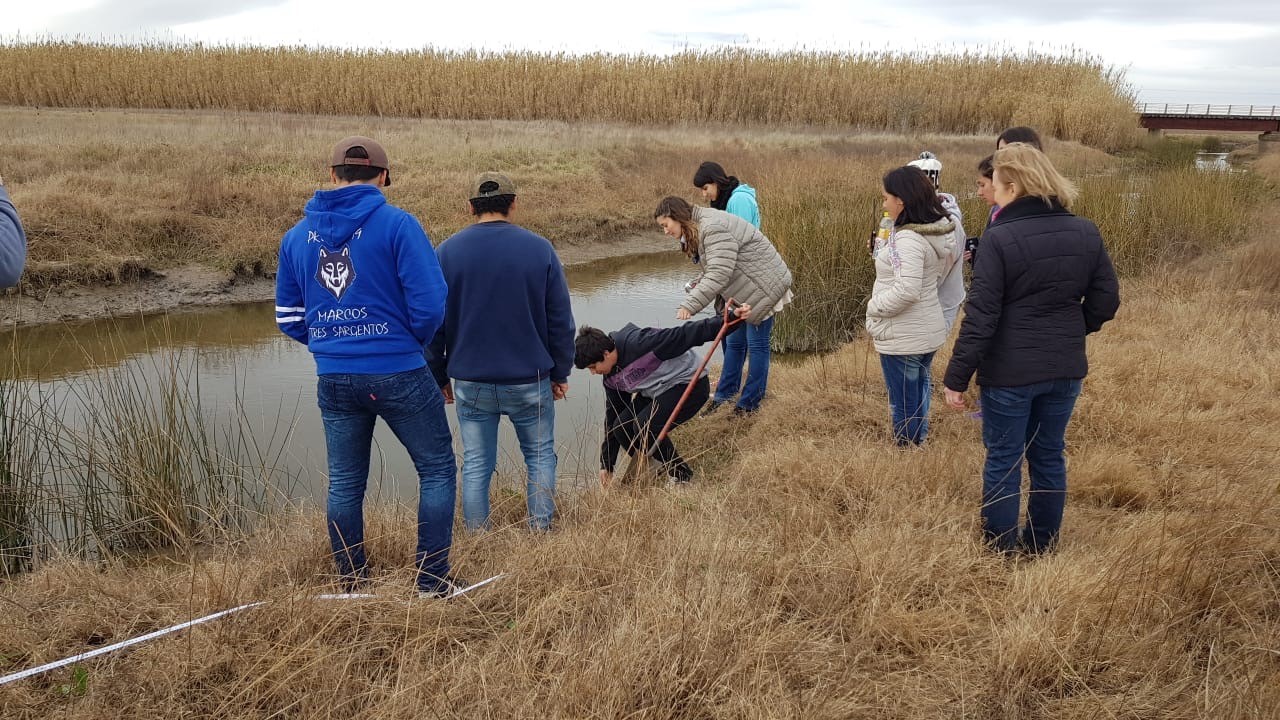 This project attracted the attention of many institutions that want to collaborate: It’s a collaborative project that´s being done together with the University of San Antonio de Areco (UNSAdA), University of Lujan(UNlu) and it’s being used as a Thesis of a Student, Matias Etchart, from the University of Buenos Aires (UBA). This is going to be a long – term project with more work to come.
This project attracted the attention of many institutions that want to collaborate: It’s a collaborative project that´s being done together with the University of San Antonio de Areco (UNSAdA), University of Lujan(UNlu) and it’s being used as a Thesis of a Student, Matias Etchart, from the University of Buenos Aires (UBA). This is going to be a long – term project with more work to come.
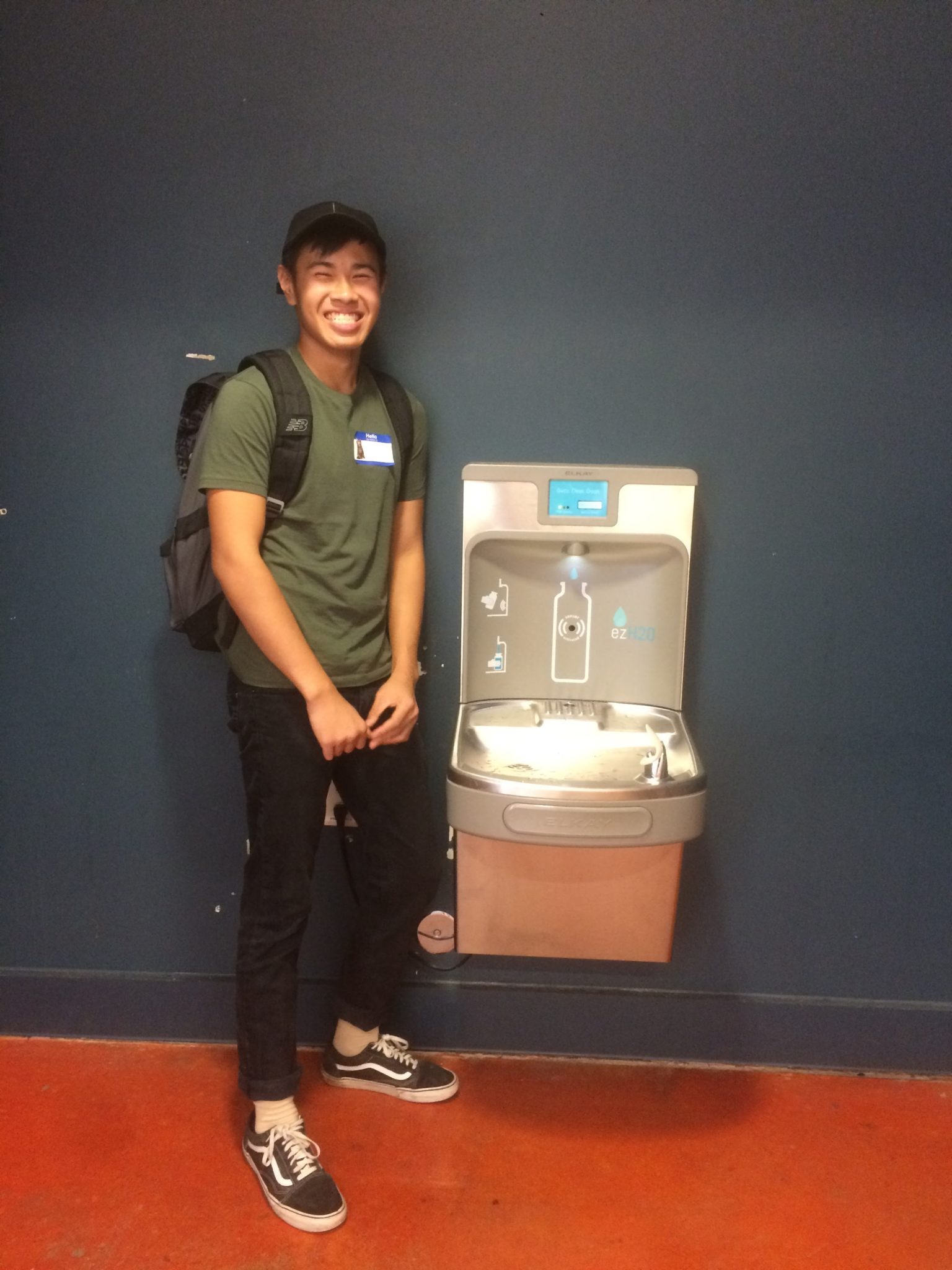
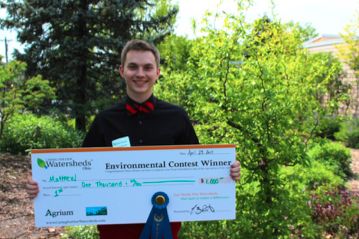
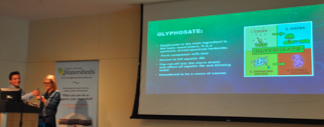
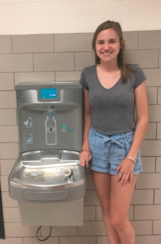
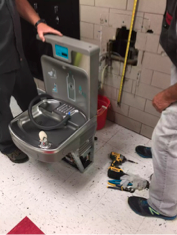
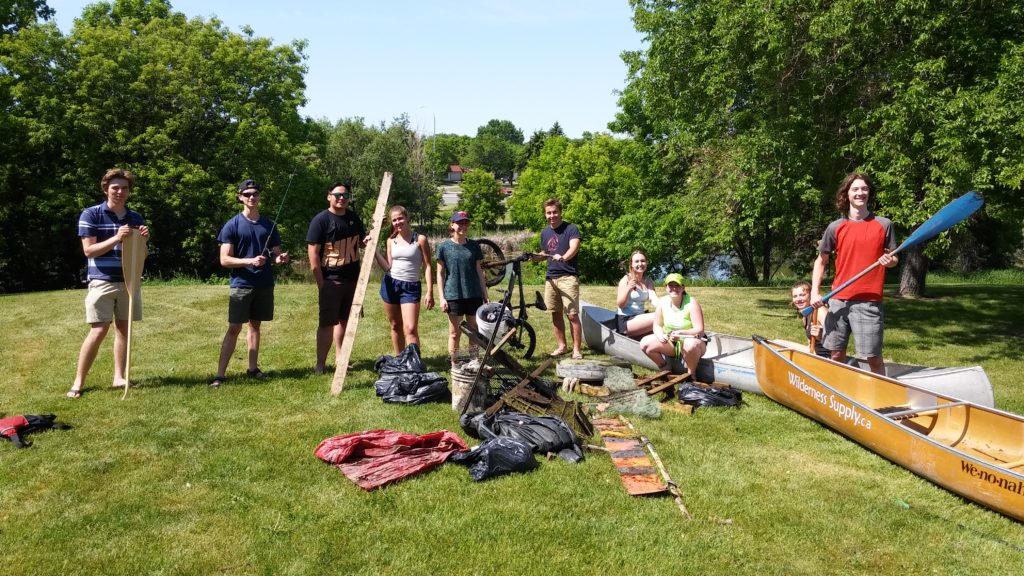
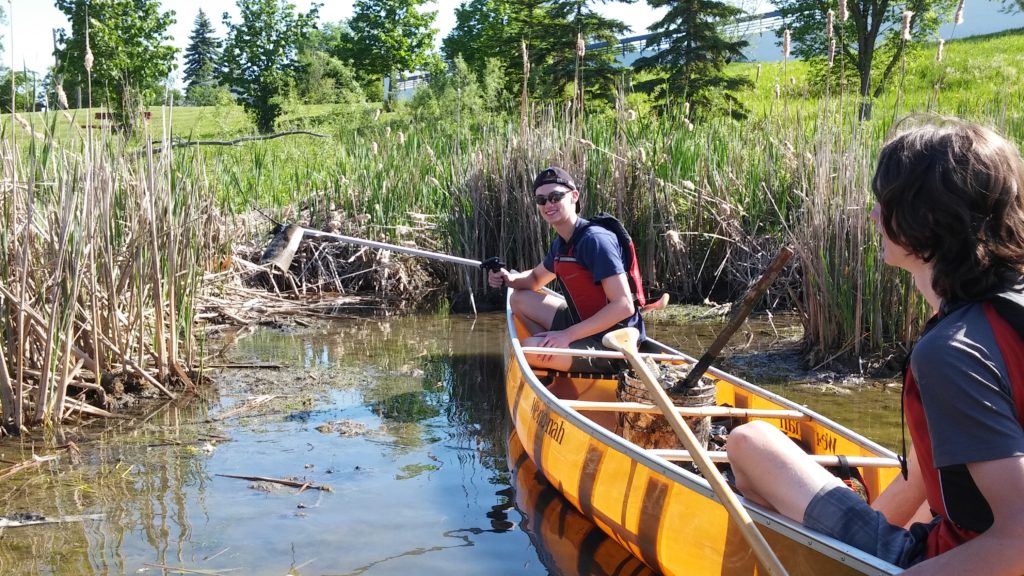 “An underwater litter removal project has never been done in Sturgeon Creek before, and judging by the amount of garbage Westwood students remove from the banks of the creek each year, there is likely a lot of garbage under the surface that needs to be cleaned up. Removing garbage from an aquatic ecosystem such as a stream greatly increases the quality of the habitat for wildlife. Gone are hazards that can cause injury and entanglement for animals. Removing floating and submerged garbage will dramatically increase not only the natural beauty of the park, but also the functionality of the ecosystem.
“An underwater litter removal project has never been done in Sturgeon Creek before, and judging by the amount of garbage Westwood students remove from the banks of the creek each year, there is likely a lot of garbage under the surface that needs to be cleaned up. Removing garbage from an aquatic ecosystem such as a stream greatly increases the quality of the habitat for wildlife. Gone are hazards that can cause injury and entanglement for animals. Removing floating and submerged garbage will dramatically increase not only the natural beauty of the park, but also the functionality of the ecosystem.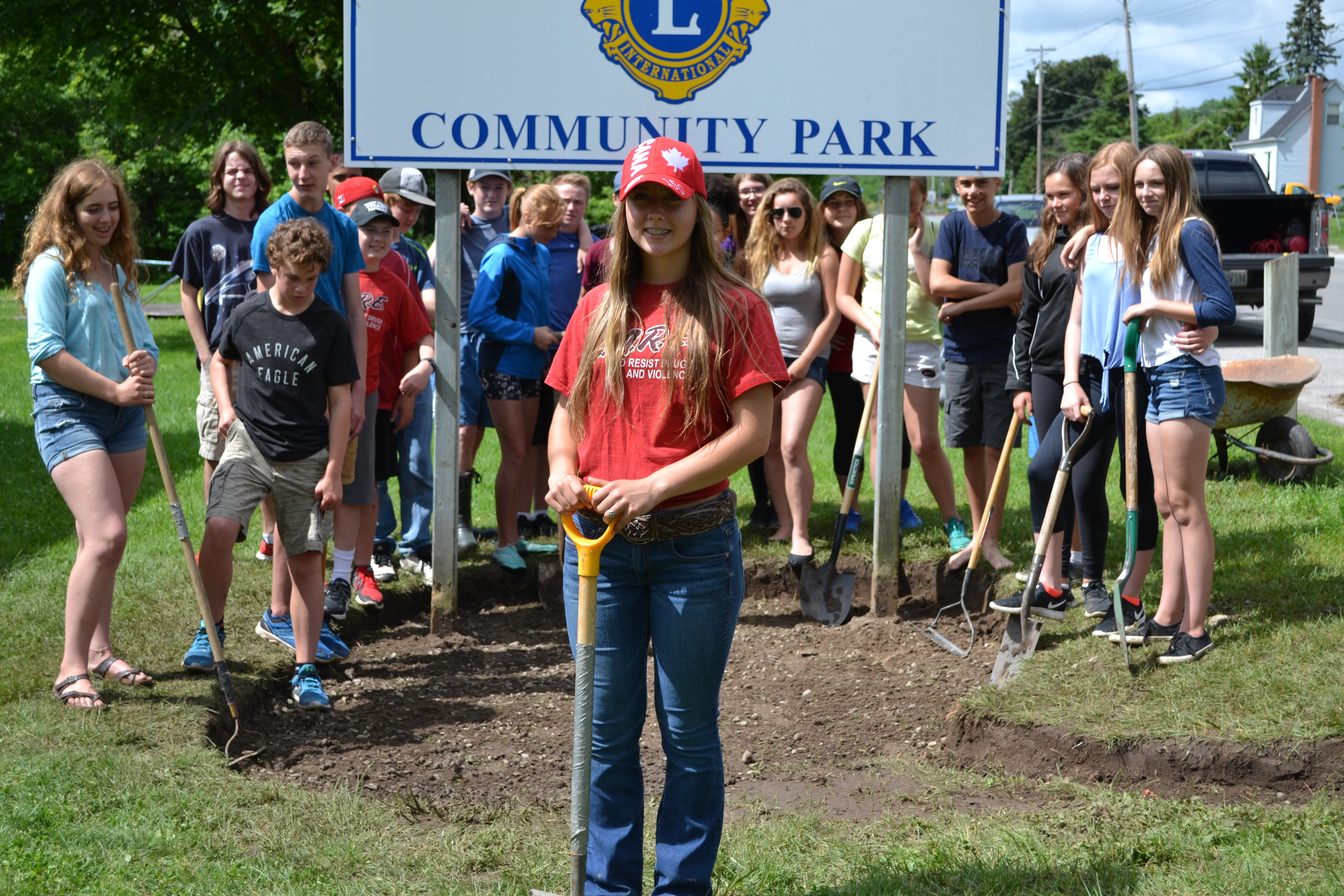 2017, Campbellford, Ontario, Canada
2017, Campbellford, Ontario, Canada